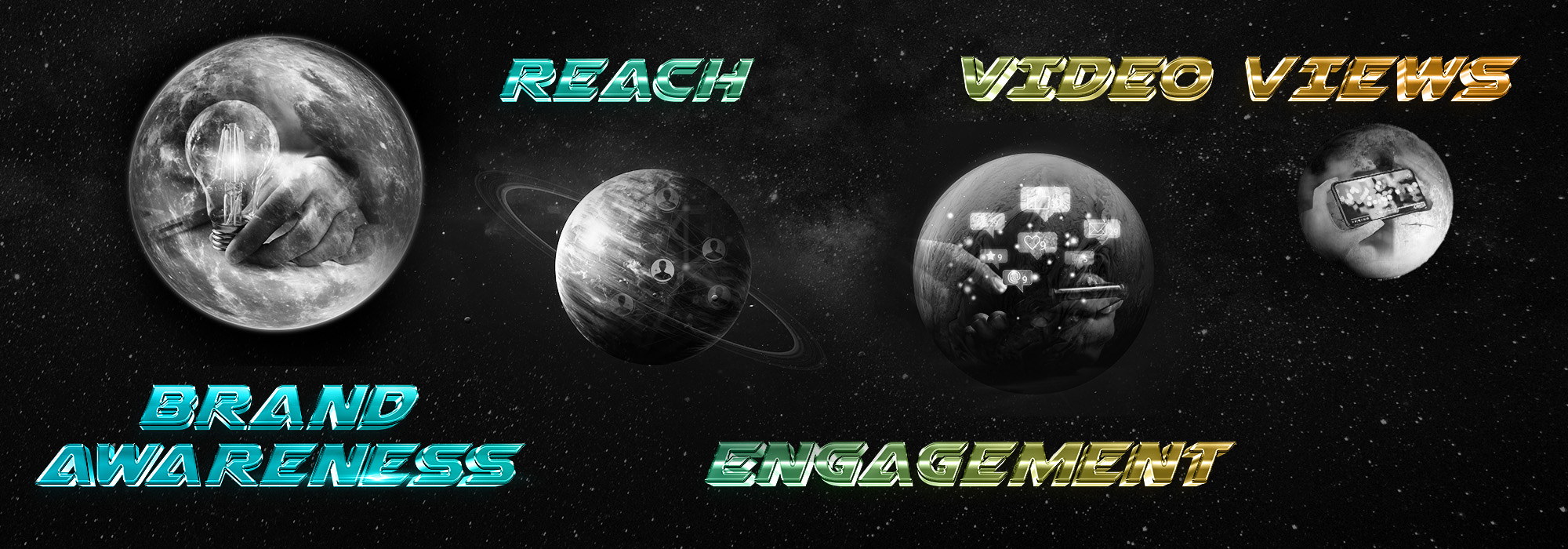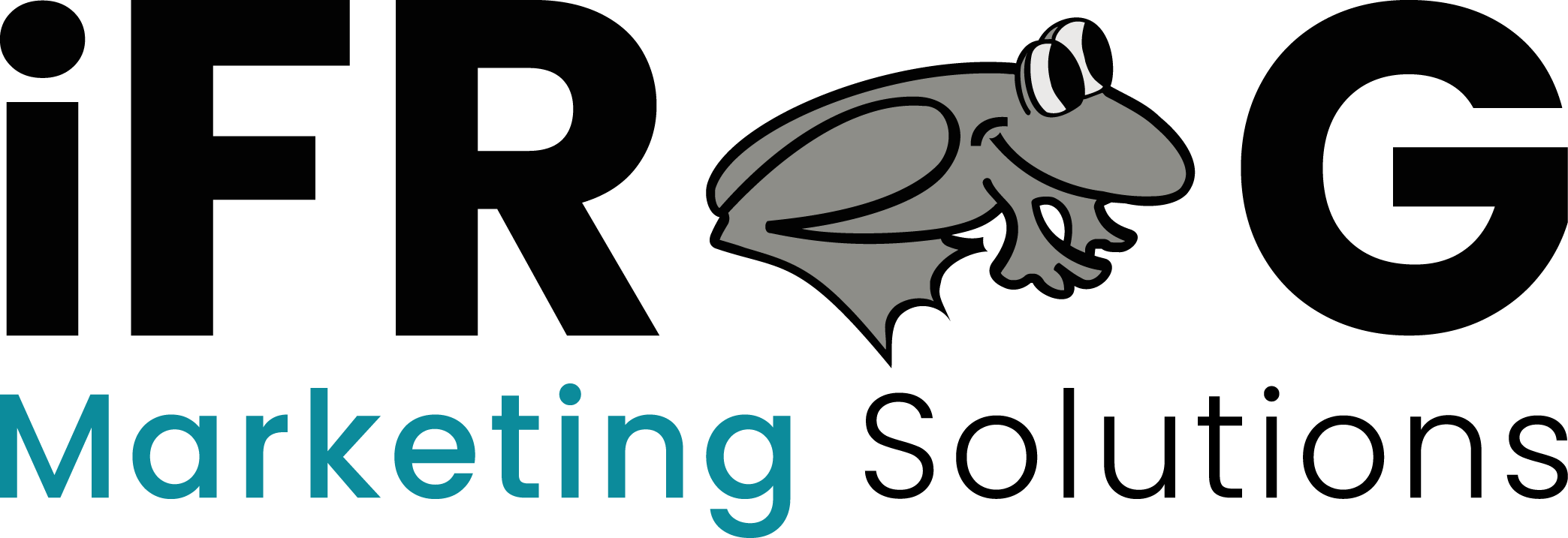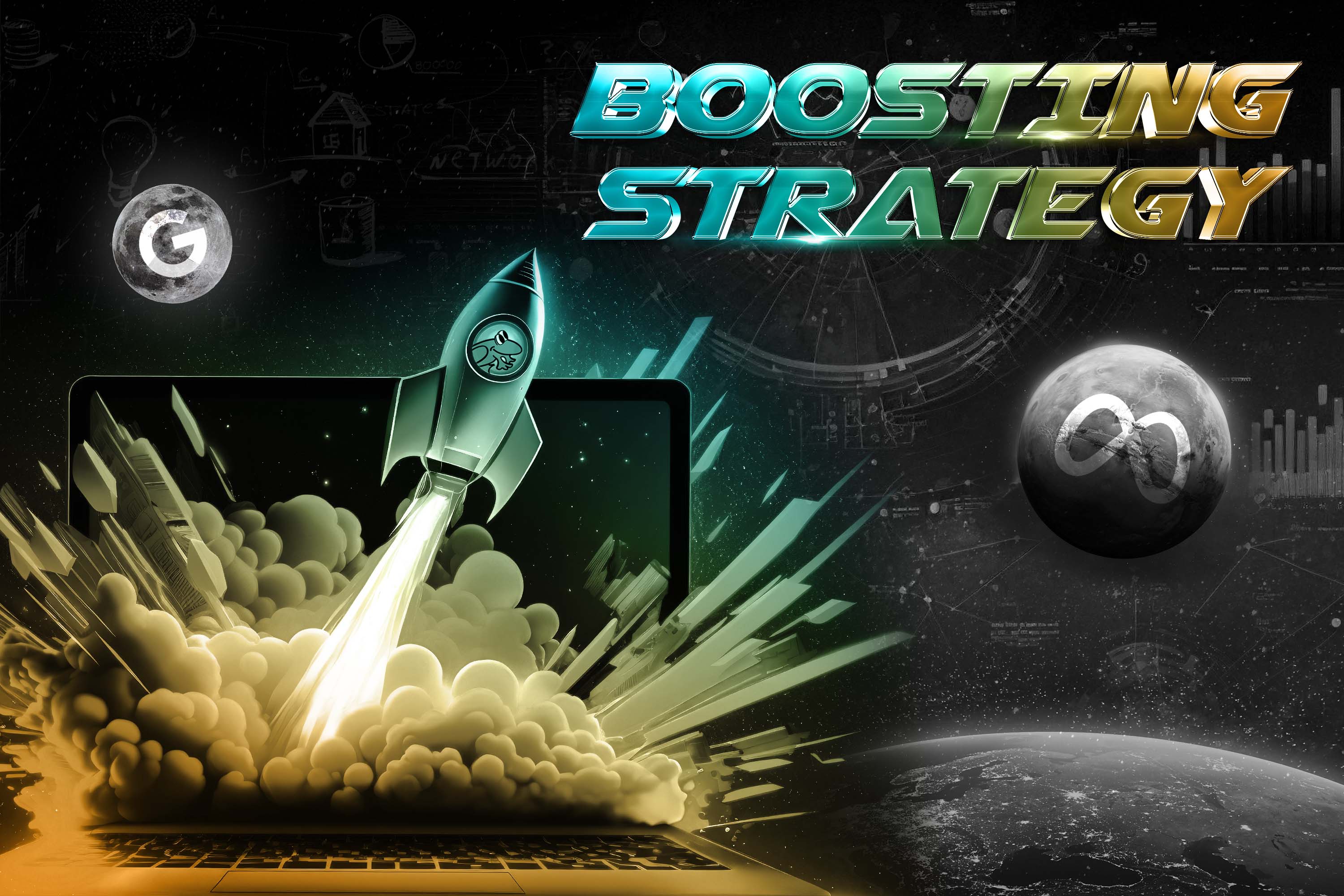When you think about brands and their social media presence, what brands come to mind? I think about Wendy's utilizing their Twitter account with sassy tweets and customer interaction, GoPro showcasing their products from user-generated content, and Nike partnering with famous and non-famous athletes and sports teams. Even though most of these companies' primary objective is to sell their products, they focus their social media efforts on maintaining awareness, engagement, and customer/brand loyalty. As social media platforms gain users, all types of brands and companies must maintain or build a presence.
Meta has stated that 3.74 billion people were using at least one of its products (Facebook, Instagram, WhatsApp, etc.) each month during Quarter 4 of 2022 (Statista). That’s nearly half the world! But let's be honest. With only your organic reach, your brand won't become the next Wendy's, GoPro, or Nike overnight. When creating a well-defined strategy and investing in your social media, you could see more remarkable results, a more significant following, and more substantial brand recognition. Developing a boosting strategy can accomplish this and better define your social media marketing goals. And the best part is you don't need a large-scale advertising budget dedicated to boosting!
What is Boosting?
A boosted post is an ad you create from an existing post on your social media page. It could have the look and feel of an organic post but also has the working mechanics of a paid social ad. Boosting can also expand your page's reach and content to a broader audience of users outside of your current followers. Similar to a paid social ad, you must choose an advertising objective. Here are some examples of the more common objectives you can use to correspond with your boosts on Facebook:
Brand Awareness: increasing awareness for your brand.
Reach: showing your ad to the maximum number of people in your target audience.
Engagement: getting more people to engage with your post (like, comment, share, etc.) or to get more followers.
Video Views: optimizing to show your ad to people who will most likely watch your video.
Depending on the media platform, some may offer different advertising objectives. It is important to note that the higher funnel objectives listed above are more tailored to boosting. If your goal is a lower funnel objective, such as website traffic, conversions, messages, or phone calls, then that would be the time to consider paid social ads.
Creating a Boosting Strategy
Like the old saying, "Proper Planning Prevents Poor Performance", developing a plan of action before you start boosting will benefit your overall social media performance. When creating your strategy, it is best to see how your organic posts and page are doing currently. Most platforms offer a page insight section with multitudes of information to help you gauge how specific posts are doing, your follower activity, and planning future posts. Here are some other tips to help you create the perfect boosting strategy:
Choose the Right Post to Boost
This may sound silly but don't just boost something to boost it. Pick a post experiencing high organic engagement or one that aligns with your overall goal and the proper objective.
Select Appropriate Run Dates & Budget
From my experience, the "sweet spot" for a boosting schedule is anywhere from 5 to 7 days, depending on your target audience size. This frame should give the platform enough time to optimize for your desired objective and not too long for your boost to spam users' newsfeeds. Setting a reasonable budget amount is also critical to a good boost. As stated earlier, you don't need much money for boosting, but that also doesn't mean you only have to spend a few dollars per campaign. Conducting research, such as looking at your audience size, cost per result, and past boost amounts, will help you choose the perfect budget.
Monitor & Experiment
After launching your boost, make sure you are tracking the performance. Setting KPIs that coincide with your objective will determine whether your boost is successful. If a boost fails, take it as a learning opportunity and dissect what went wrong. This will help you plan your boosts better without wasting your budget. Performing tests with your boosts, such as changing creative, type of post, and objectives, are highly beneficial. As the industry changes, your strategy should change with it.
Overall, boosting is a great way to achieve long-term success for your business and social media page. It can also be a quick and effective way to spread the word about your brand, offer, or event in a short time period. iFrog has the media specialists to carry out dependable and dynamic boosting strategies to give your social media campaign a jolt. Contact us or email our team for a consultation at sales@ifrog.com.


Comment